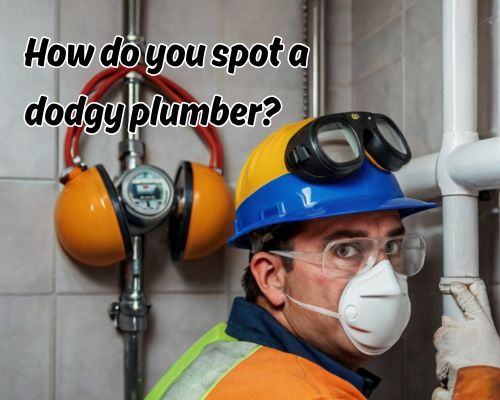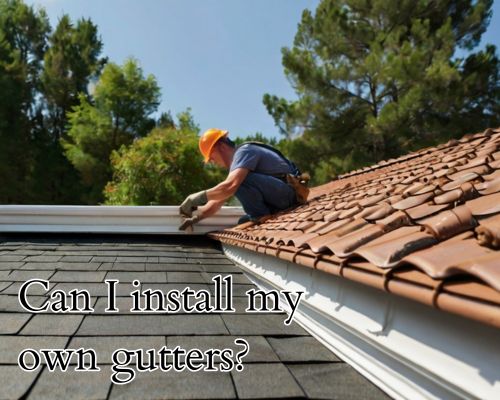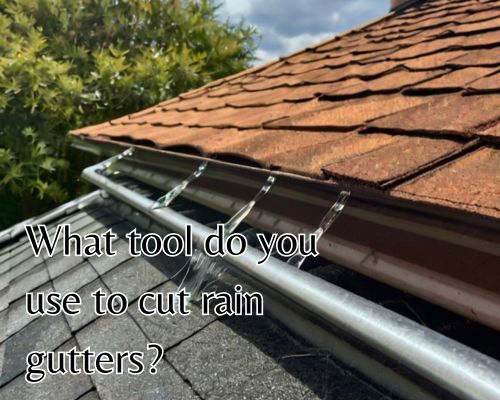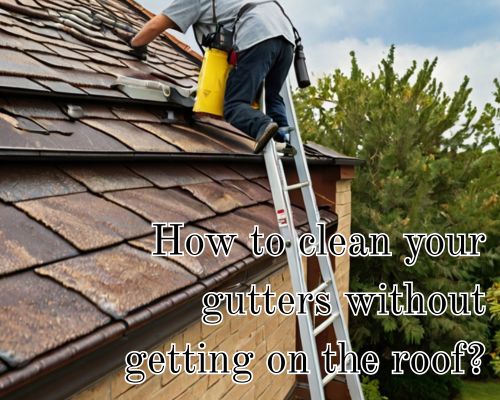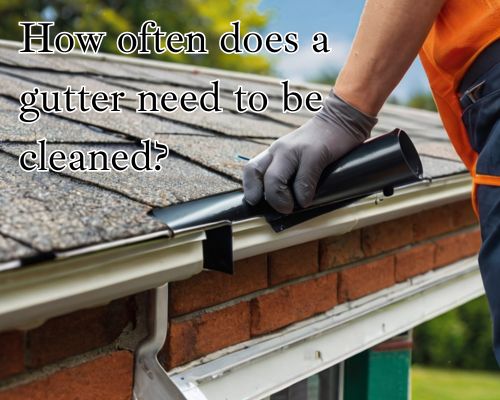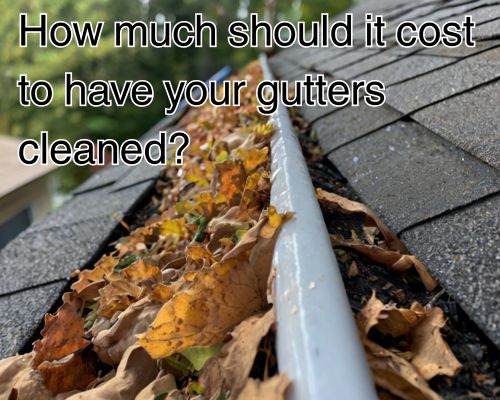When it comes to modern plumbing systems—especially in regional towns like Warragul, Victoria—understanding the basics can go a long way in saving money, avoiding damage, and making informed choices during renovations or repairs. One commonly asked question by both new homeowners and DIY enthusiasts is: What are the four types of fittings in plumbing?
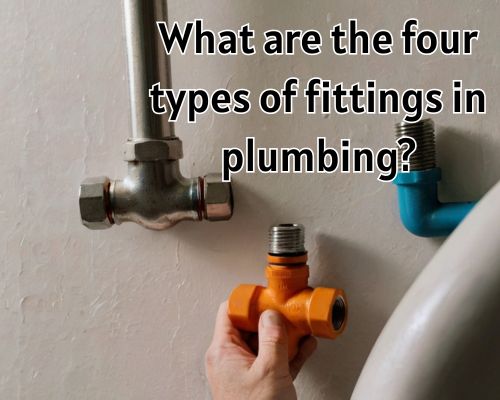
With Dean Owens of Plumber Warragul, we’ll dive deep into this subject with clear, practical insight while tailoring the discussion to local conditions in Warragul and surrounding Gippsland areas. Whether you’re hiring a plumber or tackling minor plumbing tasks yourself, knowing your pipe fittings is crucial.
Why Plumbing Fittings Matter in Residential Systems
In any plumbing system, fittings are the unsung heroes. These components connect pipes, alter flow direction, adapt pipe sizes, and ensure watertight seals. They’re essential for maintaining functionality in systems such as:
- Drinking water supply lines
- Rainwater drainage
- Greywater systems
- Hot water units
- Agricultural irrigation (common in the Warragul region)
Given Warragul’s blend of heritage homes and modern housing estates—like those in Waterford Rise or Copelands Estate—different fittings are often needed depending on the home’s age and construction style.
The Four Main Types of Plumbing Fittings
So, what are the four types of fittings in plumbing you’ll encounter most often in Warragul homes? Let’s break it down:
1. Elbow Fittings (Change in Direction)
Elbows are used to change the direction of water flow, usually at 45° or 90° angles. These fittings are essential in homes where plumbing must navigate tight spaces or wrap around corners—especially in older homes in East Warragul or Brandy Creek with non-standard layouts.
Common materials:
- Copper (for hot water systems)
- PVC (in drainage or irrigation)
- PEX (in newer homes)
Use case in Warragul: A 90° elbow fitting may be used in a rainwater catchment system to direct water around your home and into a stormwater drain—important in rural properties that rely on efficient runoff control.
2. Tee Fittings (Flow Division)
Tee fittings allow a single pipe to split into two directions, forming a “T” shape. They’re commonly used where a water supply needs to service multiple fixtures—like directing water to both a kitchen sink and dishwasher.
Variants include:
- Equal tee (all outlets the same size)
- Reducing tee (branches are different sizes)
Local relevance: With many Warragul properties installing dual-purpose kitchen/laundry plumbing, tee fittings are ideal for dividing water between appliances.
Pro tip: When hiring a licensed plumber in Warragul, check if they’re using WaterMark certified fittings, as required under Australian Building Codes.
3. Coupling Fittings (Joining Pipes)
Couplings are straight fittings that connect two pipes together. These fittings are vital for extending existing lines or repairing broken ones.
Types of couplings:
- Compression couplings (great for quick repairs)
- Slip couplings (require soldering or adhesive)
- Push-fit couplings (tool-less connection—popular with DIYers)
In Warragul’s outer suburbs like Drouin and Nilma, where water supply systems may include a mix of old and new infrastructure, couplings are used frequently during maintenance.
Hot tip: For areas prone to frost, use couplings made from flexible materials like PEX to avoid cracking during cold nights—a common issue in Warragul’s winter months.
4. Adapters and Unions (Pipe Type Conversions)
Adapters and unions allow for the joining of different pipe materials, such as copper to PVC or galvanised steel to PEX.
Types include:
- Male and female threaded adapters
- Flanged adapters
- Union fittings for easy disassembly
Relevance to local homes: With a mix of colonial-era plumbing and modern updates, Warragul homes often need transition fittings to bridge incompatible pipe types during upgrades.
For example, if you’re upgrading an old copper hot water pipe in a Queen Street home, an adapter will help connect it to a modern PEX line used in new installations.
Salient Plumbing Entities You Should Know
To get even more out of your understanding of fittings, familiarize yourself with these related terms:
- Ball valves: Often installed with fittings to control water flow.
- Bends and reducers: Specialized fitting types used in complex layouts.
- Flanges and gaskets: Provide seals at fitting junctions.
- Pipe thread types: BSP and NPT are the most common in Australia.
Understanding these helps you ask the right questions when speaking with plumbing professionals in the Warragul and West Gippsland area.
Plumbing Materials Used with Fittings
Each fitting must match the pipe material it’s paired with. Here are the most common materials seen in Warragul homes:
- Copper – Preferred for hot water lines due to heat resistance.
- PVC (Polyvinyl Chloride) – Common in cold water and drainage systems.
- PEX (Cross-linked Polyethylene) – Flexible and used in modern homes.
- Galvanised steel – Found in older properties, especially those pre-dating 1980.
Why this matters in Warragul: Local plumbing codes under the Victorian Building Authority (VBA) dictate which materials are permissible. Your plumber must comply to ensure insurance validity and system longevity.
Choosing a Licensed Plumber in Warragul
While some fittings can be installed DIY-style, hiring a licensed plumber is strongly recommended for safety, compliance, and insurance purposes. Here’s what to look for:
- VBA license number
- Local experience in the Baw Baw Shire area
- Use of WaterMark-certified products
- Positive reviews from local residents
Local note: Reputable companies like those based on Queen Street or Princes Way often offer free quotes, and may provide guidance on sustainable plumbing upgrades—such as rainwater reuse systems using fittings optimised for low-pressure flow.
Final Thoughts: Know Your Fittings to Master Your Plumbing
So, what are the four types of fittings in plumbing? To recap:
- Elbows – Change flow direction
- Tees – Divide water flow
- Couplings – Join pipe lengths
- Adapters/Unions – Bridge material differences
Each fitting type has specific functions and is chosen based on layout, material, and system needs. In Warragul, where properties range from rural homesteads to new subdivisions, understanding your fittings can make all the difference in maintaining a healthy plumbing system.
And remember, when in doubt, consult a local Warragul plumber like in Plumber Warragul who knows the town’s infrastructure and weather quirks inside out. Your plumbing—and peace of mind—will thank you.
